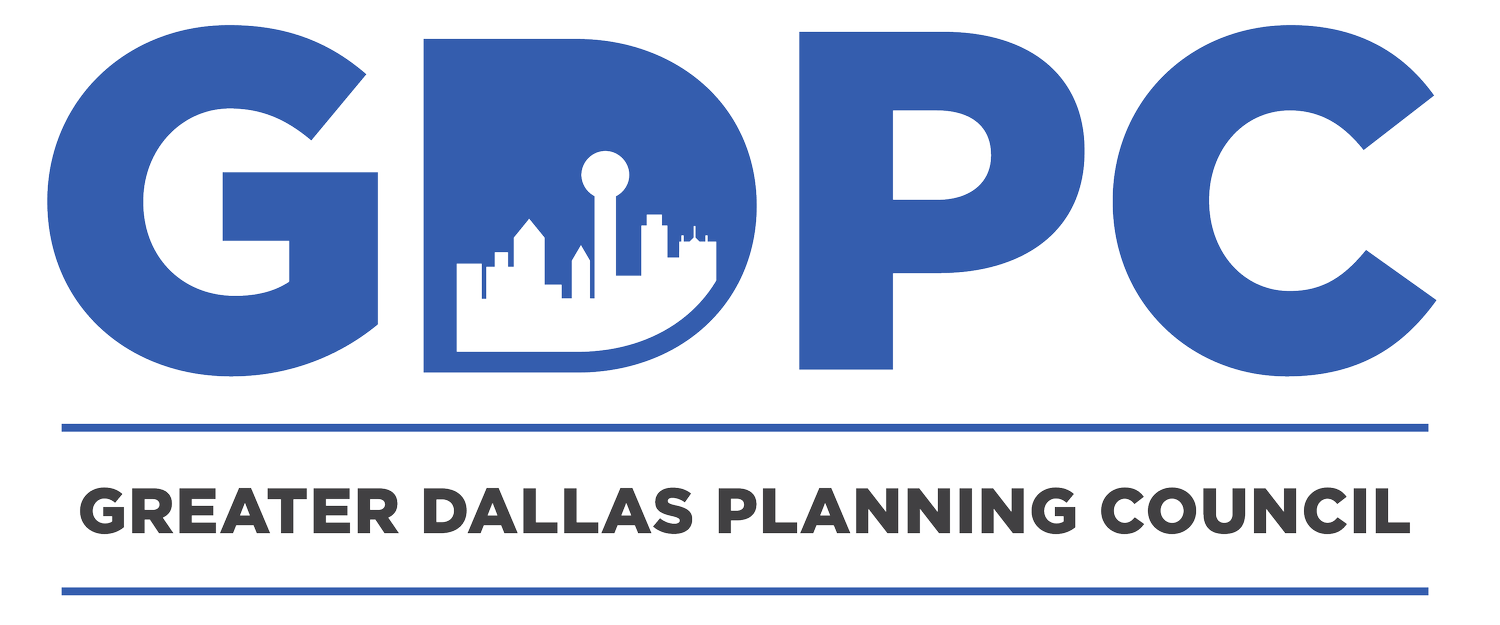
Our Beginning
Over 75 Years of Focus on Economic Development, Planning, Transportation, and Water Resources.
In 1946, a group of Dallas business and civic leaders gathered for an informal dinner at the Petroleum Club, then housed inside the Adolphus Hotel, with Mayor Woodall Rodgers presiding. This gathering, which included several future mayors, led to an agreement to form an independent municipal research bureau to study city problems, develop solutions, and present them to both the public and officials for action. This new organization was named the Greater Dallas Planning Council (GDPC).
By 1947, headlines announced that GDPC’s 200 members had established a valuable, “non-political” clearinghouse for city planning information. The progressive ideas introduced by members in those early years continue to shape the council’s primary focus today, including urban design and planning, transportation, and water resources.
In 1949, after completing its first full year of work, the GDPC's research bureau provided the most comprehensive survey on budgeting, taxation, tax collection, issuing bonds or warrants, and the expenditure of funds within the county.
Over the years, the GDPC continued to attract prominent business leaders and experts from various industries, strengthening its impact on the city's development.
By 1953, the GDPC predicted that Dallas and the Park Cities' water supply challenges would be resolved with the completion of Garza Little Elm, the last of the major dams designed to serve the area.

In 1957, the GDPC made mobility and transportation a priority, advocating for a coordinated system of major traffic routes across the region. By 1964, the council pushed for land acquisitions to secure freeway right-of-ways for outer loops, and in 1966, it rallied for support of a regional airport—Love Field.
As time passed, the GDPC expanded its focus to include economic development, environmental issues, inner-city revitalization, regionalism, and the needs of inner-core suburbs. In the 1960s, it pushed for the adoption of the city's master plan and, in 1965, endorsed a green belt concept to create a network of parks and parkways. That year also saw the launch of a groundbreaking economic study of the entire Metroplex area.
By 1970, when Dallas was the fifth-fastest growing area in the nation, the GDPC, in partnership with the Dallas Citizens Council, advocated for measures to manage growth and prevent disorganization.
Today, the GDPC continues its non-partisan mission, providing leadership and support to ensure comprehensive planning for sustainable growth, staying true to its founders' vision of making Dallas one of the most livable cities in North Texas.


